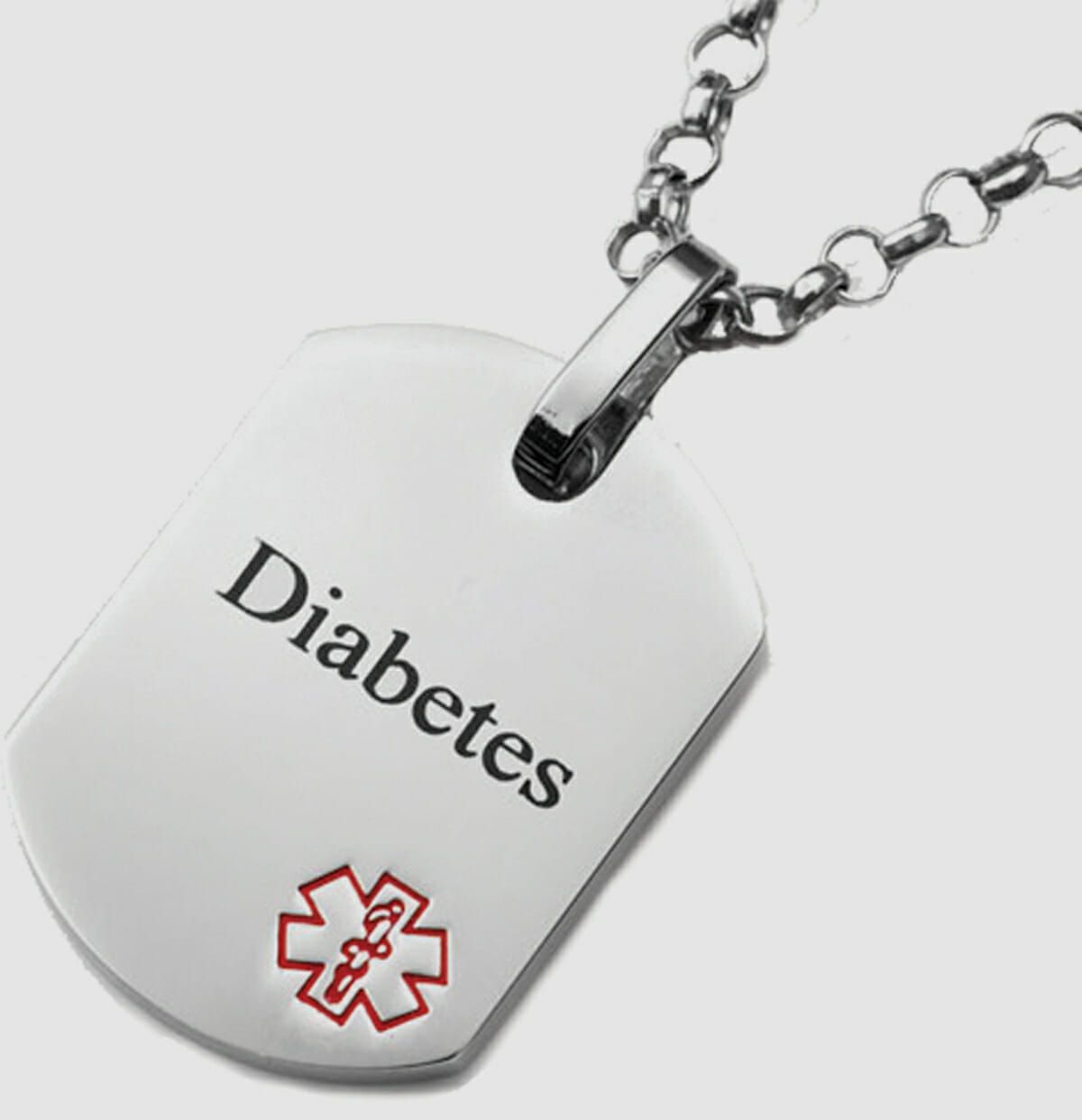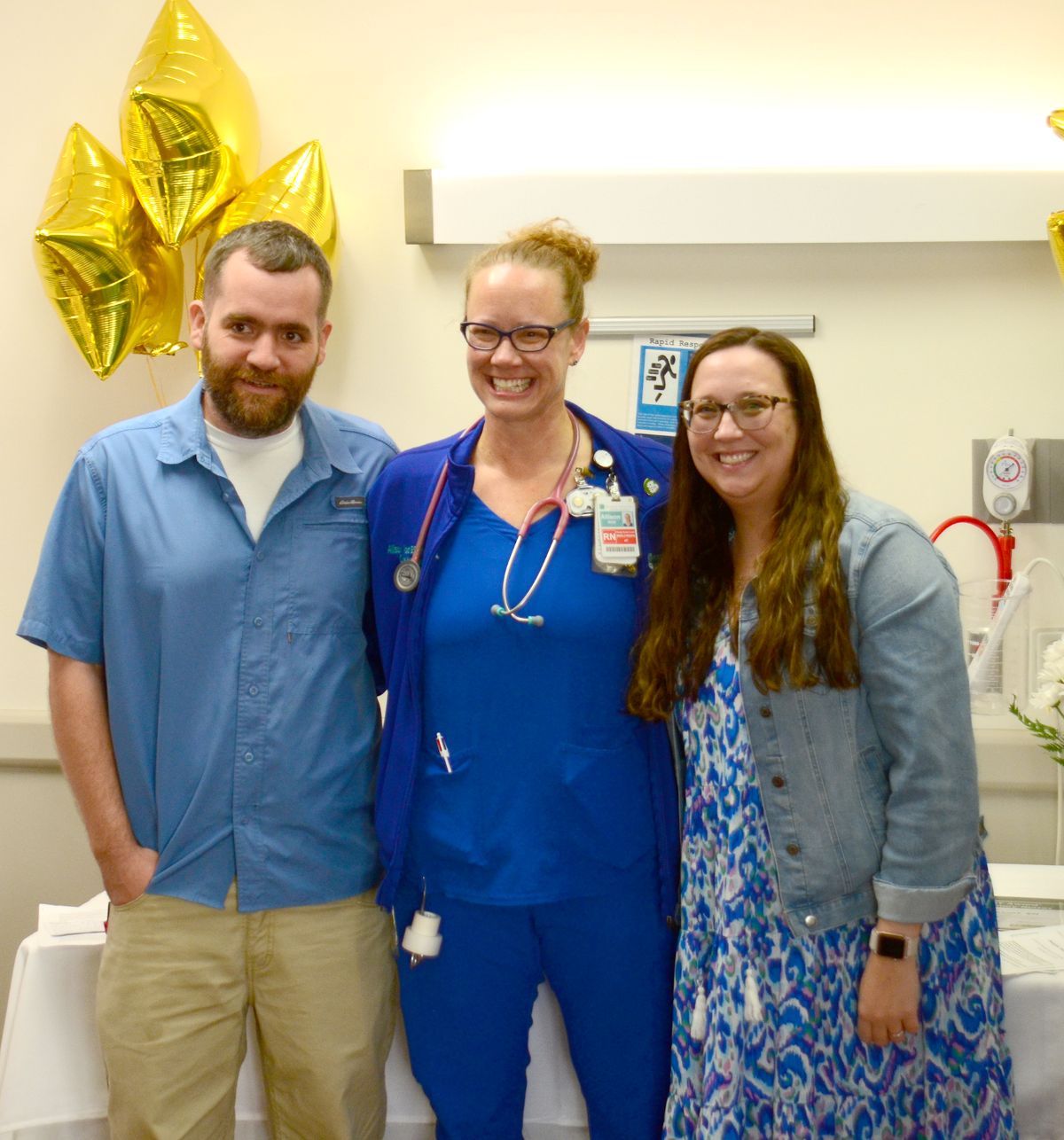Type 2 diabetes causes a person’s blood sugar levels to become too high. Recognizing the early signs and symptoms of this chronic condition can result in a person getting treatment sooner, which reduces the risk of severe complications.
People with prediabetes have higher-than-normal blood sugar levels, but doctors do not consider them to have diabetes yet. According to the CDC, people with prediabetes often develop type 2 diabetes within 5 years if they do not get treatment.
The onset of type 2 diabetes can be gradual, and symptoms can be mild during the early stages. As a result, many people may not realize that they have this condition.
The early signs and symptoms of type 2 diabetes can include:
1. Frequent urination: When blood sugar levels are high, the kidneys try to remove the excess sugar by filtering it out of the blood. This can lead to a person needing to urinate more frequently, particularly at night.
2. Increased thirst: The frequent urination that is necessary to remove excess sugar from the blood can result in the body losing additional water. Over time, this can cause dehydration and lead to a person feeling more thirsty than usual.
3. Always feeling hungry: People with diabetes often do not get enough energy from the food they eat. The digestive system breaks food down into a simple sugar called glucose, which the body uses as fuel. In people with diabetes, not enough of this glucose moves from the bloodstream into the body’s cells. As a result, people with type 2 diabetes often feel constantly hungry, regardless of how recently they have eaten.
4. Feeling very tired: Type 2 diabetes can impact on a person’s energy levels and cause them to feel very tired or fatigued. This tiredness occurs as a result of insufficient sugar moving from the bloodstream into the body’s cells.
5. Blurry vision: An excess of sugar in the blood can damage the tiny blood vessels in the eyes, which can cause blurry vision. This blurry vision can occur in one or both of the eyes and may come and go. If a person with diabetes goes without treatment, the damage to these blood vessels can become more severe, and permanent vision loss may eventually occur.
6. Slow healing of cuts and wounds: High levels of sugar in the blood can damage the body’s nerves and blood vessels, which can impair blood circulation. As a result, even small cuts and wounds may take weeks or months to heal. Slow wound healing also increases the risk of infection.
7. Tingling, numbness, or pain in the hands or feet: High blood sugar levels can affect blood circulation and damage the body’s nerves. In people with type 2 diabetes, this can lead to pain or a sensation of tingling or numbness in the hands and feet. This condition is known as neuropathy, and it can worsen over time and lead to more serious complications if a person does not get treatment for their diabetes.
8. Patches of dark skin: Patches of dark skin forming on the creases of the neck, armpit, or groin can also signify a higher risk of diabetes. These patches may feel very soft and velvety. This skin condition is known as acanthosis nigricans.
9. Itching and yeast infections: Excess sugar in the blood and urine provides food for yeast, which can lead to infection. Yeast infections tend to occur on warm, moist areas of the skin, such as the mouth, genital areas, and armpits. The affected areas are usually itchy, but a person may also experience burning, redness, and soreness.
Importance of early diagnosis
Recognizing the early signs of type 2 diabetes can allow a person to get a diagnosis and treatment sooner. Getting appropriate treatment, making lifestyle changes, and controlling blood sugar levels can greatly improve a person’s health and quality of life and reduce the risk of complications.
Without treatment, persistently high blood sugar levels can lead to severe and sometimes life-threatening complications, including:
heart disease
stroke
nerve damage, or neuropathy
foot problems
kidney disease, which can result in a person needing dialysis
eye disease or loss of vision
sexual problems in both men and women
Untreated diabetes can also lead to hyperosmolar hyperglycemic nonketotic syndrome (HHNS), which causes a severe and persistent increase in blood sugar levels. An illness or infection will usually trigger HHNS, which can require hospitalization. This sudden complication tends to affect older people.
Keeping blood sugar levels under control is crucial for preventing some of these complications. The longer that blood sugar levels remain uncontrolled, the higher the risk of other health problems.
Risk factors for type 2 diabetes
Anyone can develop type 2 diabetes, but certain factors can increase a person’s risk. These risk factors include:
being 45 years of age or older
living a sedentary lifestyle
being overweight or obese
eating an unhealthful diet
having a family history of diabetes
having polycystic ovary syndrome (PCOS)
having a medical history of gestational diabetes, heart disease, or stroke
having prediabetes
being of African American, Alaska Native, Hispanic or Latino, American Indian, Asian American, Native Hawaiian, or Pacific Islander descent
Takeaway
Type 2 diabetes is a common condition that causes high blood sugar levels. Early signs and symptoms can include frequent urination, increased thirst, feeling tired and hungry, vision problems, slow wound healing, and yeast infections.
Anyone who experiences possible signs and symptoms of diabetes should see a doctor for an evaluation, especially if they have other risk factors for developing this condition. The early detection and treatment of type 2 diabetes can improve a person’s quality of life and reduce the risk of severe complications.
Source: https://www. medicalnewstoday.com/ articles/323185#risk-factors
Exclusive content from CARE magazine












